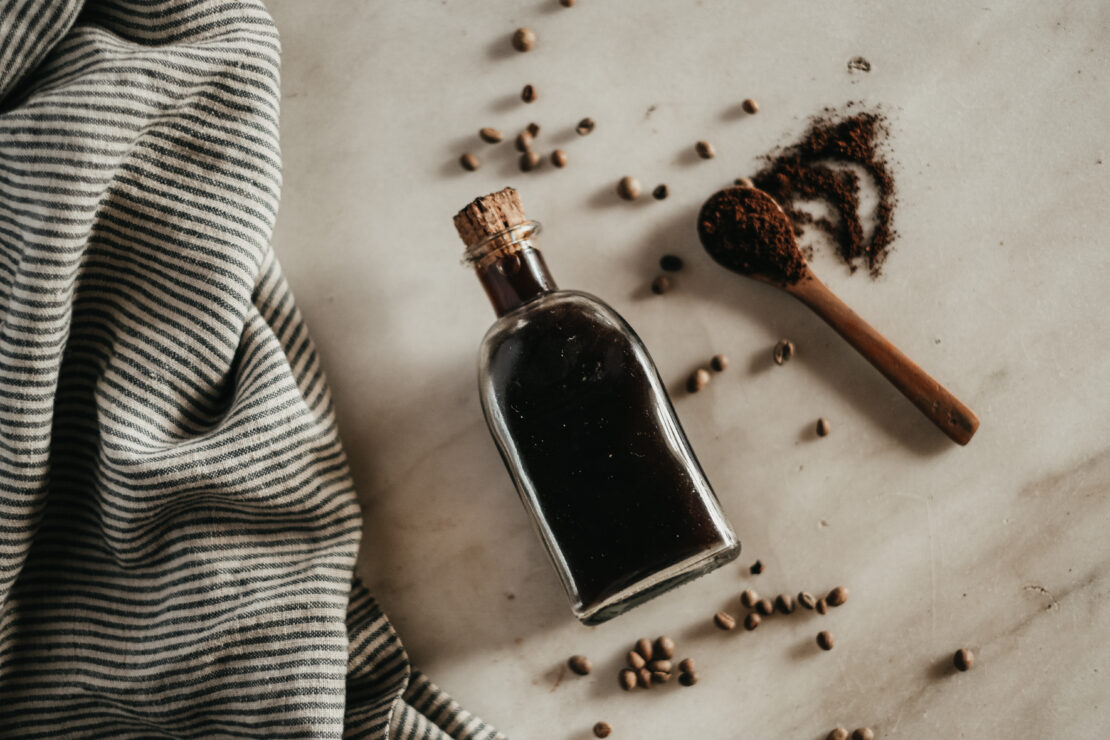
How to Make Coffee Extract + A Dark Chocolate Delights Recipe
Aside from being one of the most popular morning wake-up beverages, the coffee bean (Coffea spp.) is a plant that offers a range of health benefits. For many coffee drinkers, sipping a morning cup of coffee is a cherished ritual—it’s not just about the caffeine pick-me-up, but also about the smell, flavor, aroma, and brewing process. Brewing methods range vastly…including French Press, cold brew, moka pot, drip, and espresso; there are myriad ways in which to prepare this delightful bitter beverage. Turning ground coffee beans into coffee extract is yet another way to enjoy the taste and benefits of the coffee bean.
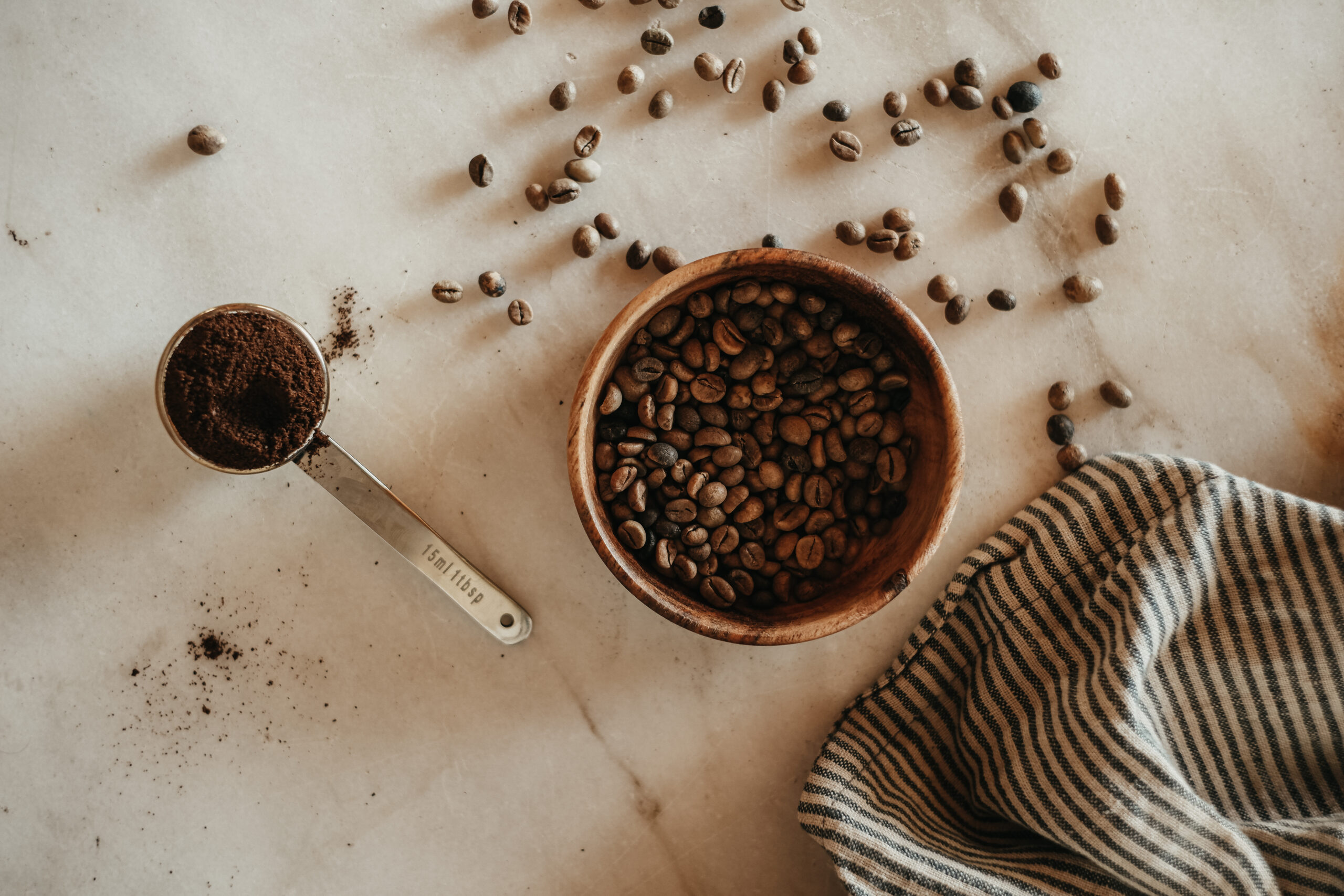
Before diving into the benefits of coffee and how to make coffee extract, let’s first consider the pros and cons of this beloved bean. If you are trained in Ayurveda or Chinese medicine, you may have been cautioned against coffee consumption. Chinese medicine views coffee as being overtaxing to the adrenal glands (Tierra, 1988) and it is generally discouraged in Ayurveda because it is believed to stimulate yet ultimately depress the nervous system (Lad & Lad, 1997). However, for those who choose to drink coffee in spite of these cautions, many ayurvedic practitioners suggest adding a dash of cardamom to your cup of coffee to balance out its stimulating effects—a principle which holds true for black tea as well. If you have ever tasted Turkish coffee, you may have noticed that cardamom is a key ingredient. Cardamom is considered a sattvic spice; it helps to refresh and clear the mind, and in addition assists with the digestion of heavy foods, such as dairy (Dass, 2013).
All in all, it is always important to have a sense of one’s individual constitution and how one responds to various foods, herbs, and beverages. For those who are caffeine-sensitive (common with vata types), coffee may indeed be overly stimulating. However, many people find that enjoying coffee in moderation has an uplifting and enjoyable effect on mood and energy levels. And, there’s always decaf coffee, which contains a fraction of the amount of caffeine in regular coffee.
Furthermore, the coffee bean certainly comes with health benefits. Coffee is a well-known rich source of antioxidants, including melanoidins, phenylalanines, and heterocyclic compounds, and parallels tea and red wine in terms of total antioxidant content (Yashin et al., 2013). Also, scientific studies demonstrate that coffee significantly reduces the risk of chronic liver disease and has a healthful effect on liver enzymes (Heath et al., 2017). In addition, studies have demonstrated that consuming coffee once a week or more is correlated with reduced depression and anxiety; this is true for coffee intake specifically, not caffeine intake in general (Nouri-Majd et al., 2022).
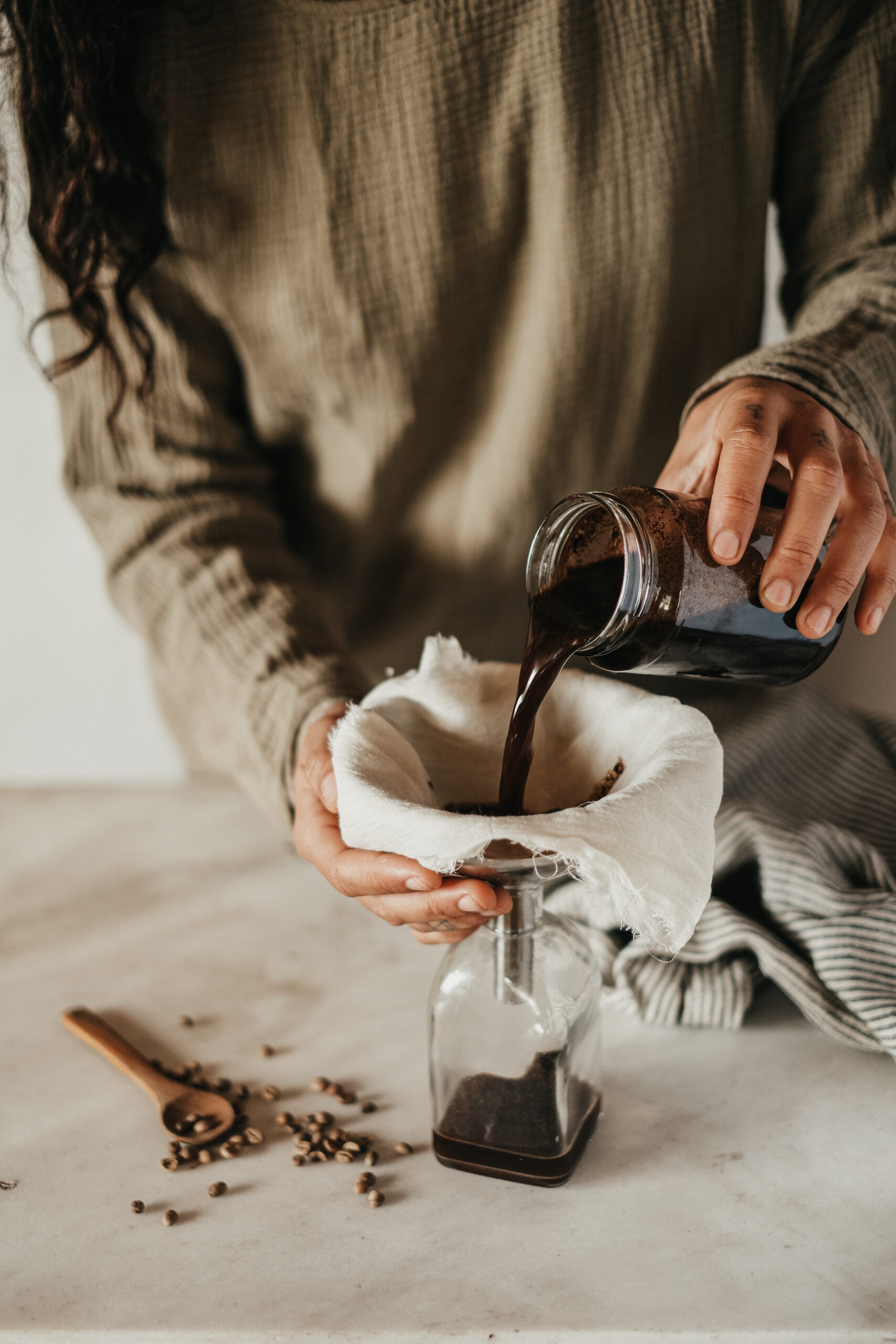
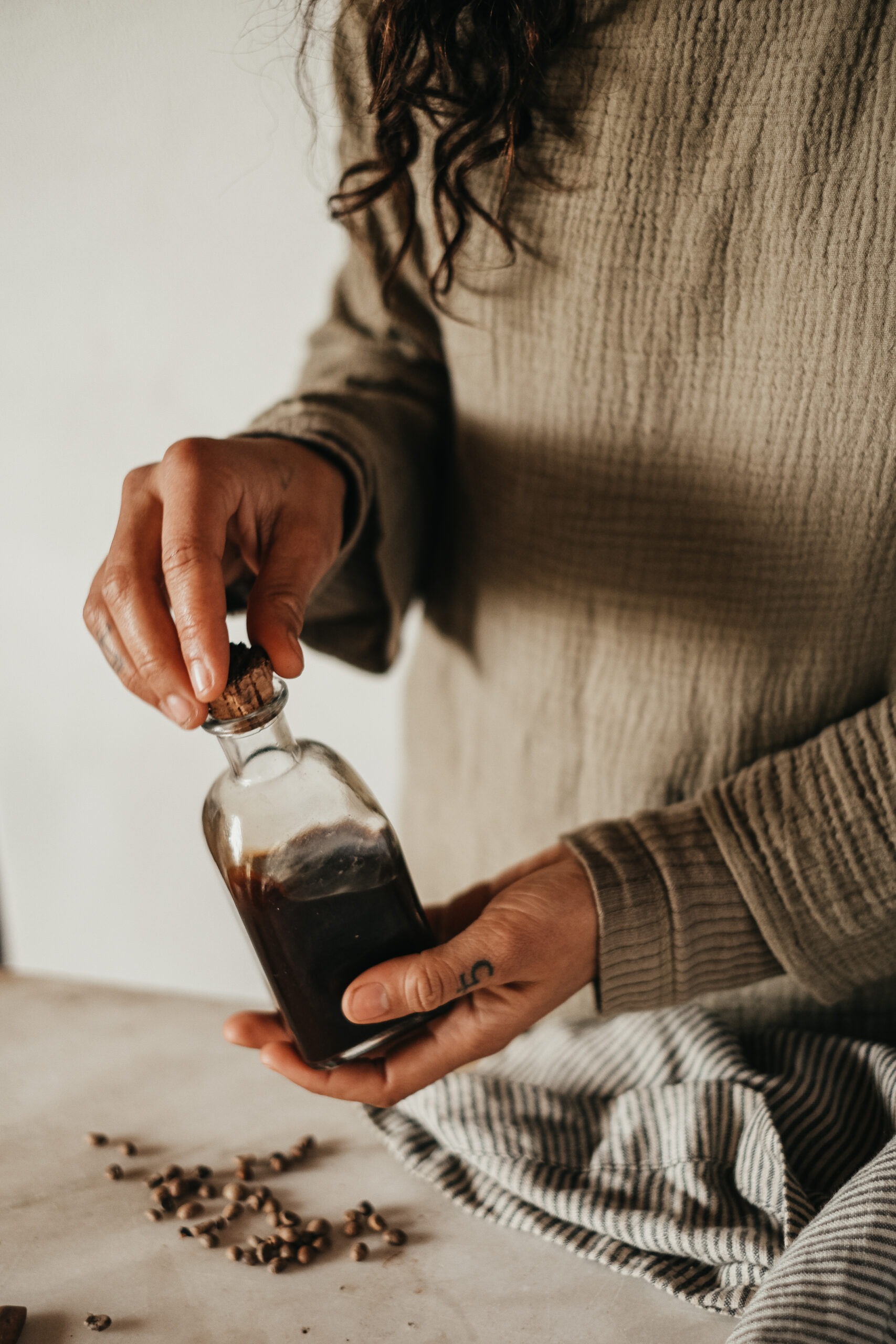
For all coffee lovers, coffee extract is yet another way to enjoy the tasty, bitter bean. Making coffee extract is simple and fun. Use this richly flavored extract for baking and cocktail-making. Or, gift it to the coffee lover, cook, or mixologist in your life as a special culinary ingredient. If preferred, use decaf beans for a less-caffeinated variation.
1/4 cup coffee (Coffea spp.) beans, freshly groundCoffee Extract
Vodka
½ pint canning jar
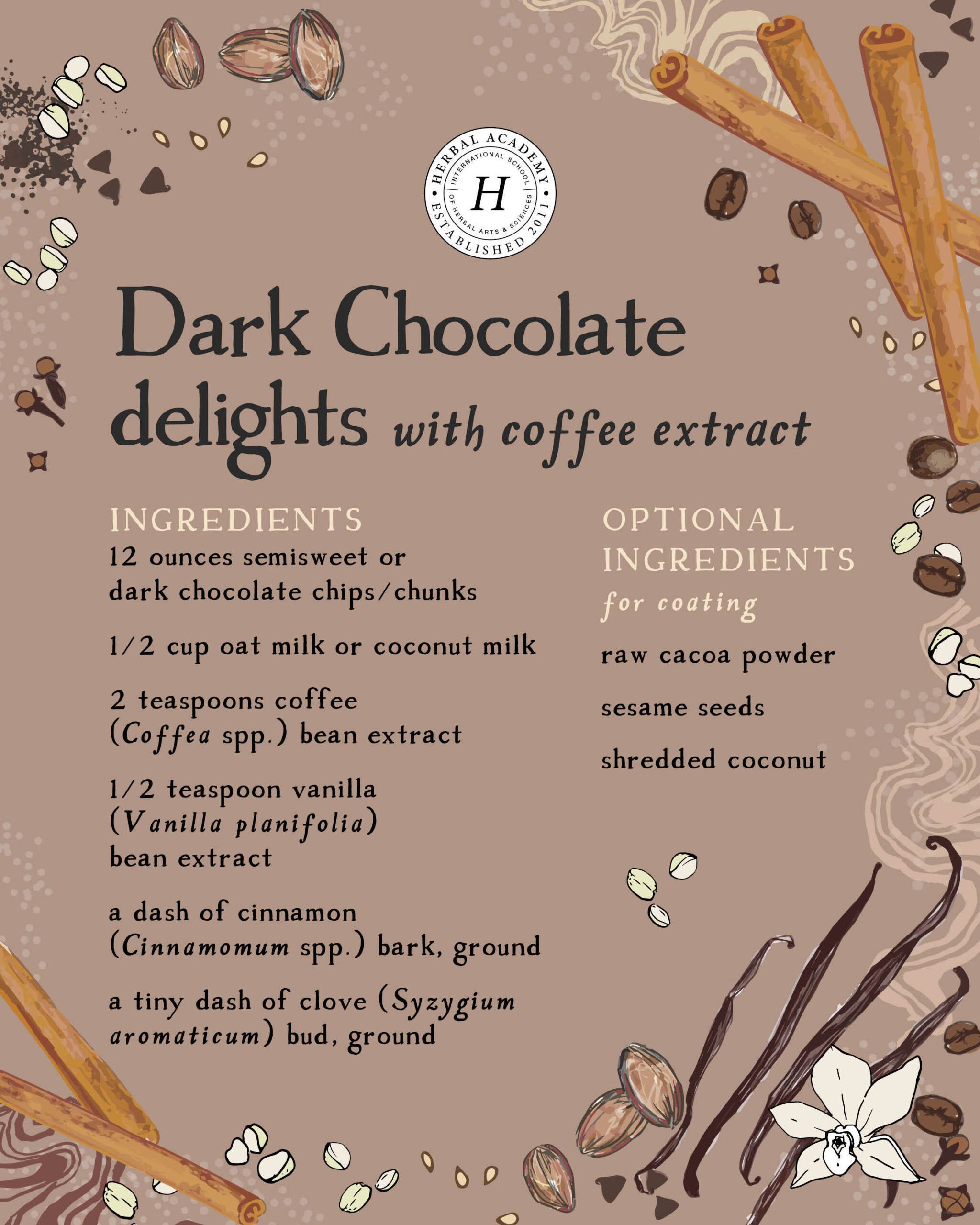
If you are a dark chocolate lover, these Dark Chocolate Delights are for you! This is an easy-to-make chocolate ball that requires few ingredients and yields remarkably rich and creamy results. Coffee and vanilla extract complements the bittersweet chocolate. After trying this recipe you may also want to repeat and swirl in a tablespoon of nut or seed butter just before you put the mixture in the fridge to cool. Or, add a tablespoon of your favored powdered adaptogen for an extra nourishing boost! Yield: about 15 balls.
12 ounces semisweet or dark chocolate chips/chunks Optional ingredients for Dark Chocolate Delights coating
Raw cacoa powderDark Chocolate Delights With Coffee Extract
1/2 cup oat milk or coconut milk
2 teaspoons coffee (Coffea spp.) bean extract
1/2 teaspoon vanilla (Vanilla planifolia) bean extract
Dash cinnamon (Cinnamomum spp.) bark, ground
Tiny dash clove (Syzygium aromaticum) bud, ground
Sesame seeds
Shredded coconut
To Use:
Keep these Dark Chocolate Delights in the fridge or freezer and enjoy 1-2 as a tasty treat—or gift to the chocolate lover in your life!
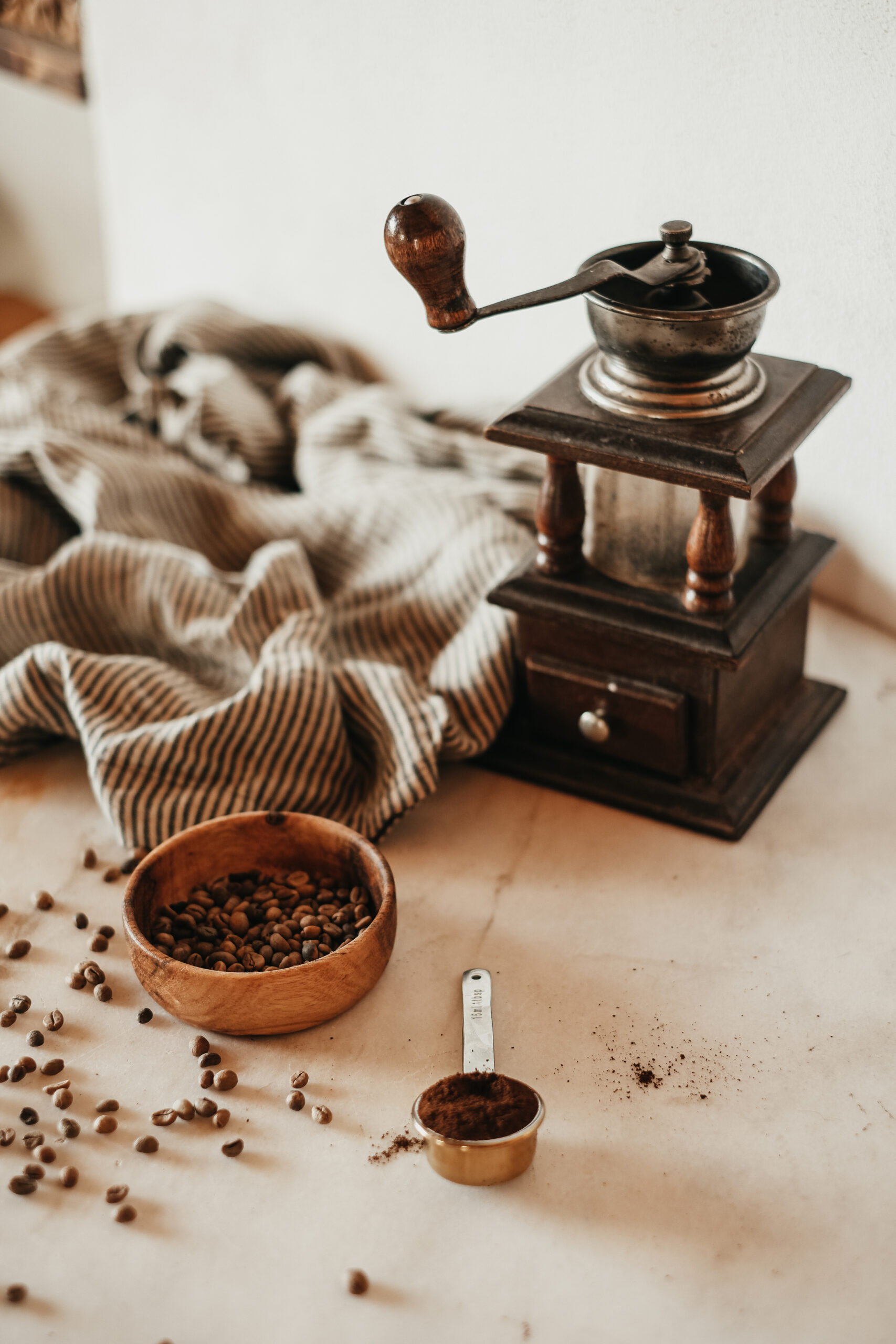
In Closing,
Coffee extract is easy to make and can be incorporated into a range of recipes, such as fudge, brownies, and the Dark Chocolate Delights in this post. Or, add a dash of coffee extract to your cocktails or hot cocoa. Make a bottle and keep it for yourself to use in your favorite baking projects or pour it into an attractive glass bottle and gift to a friend or loved one.
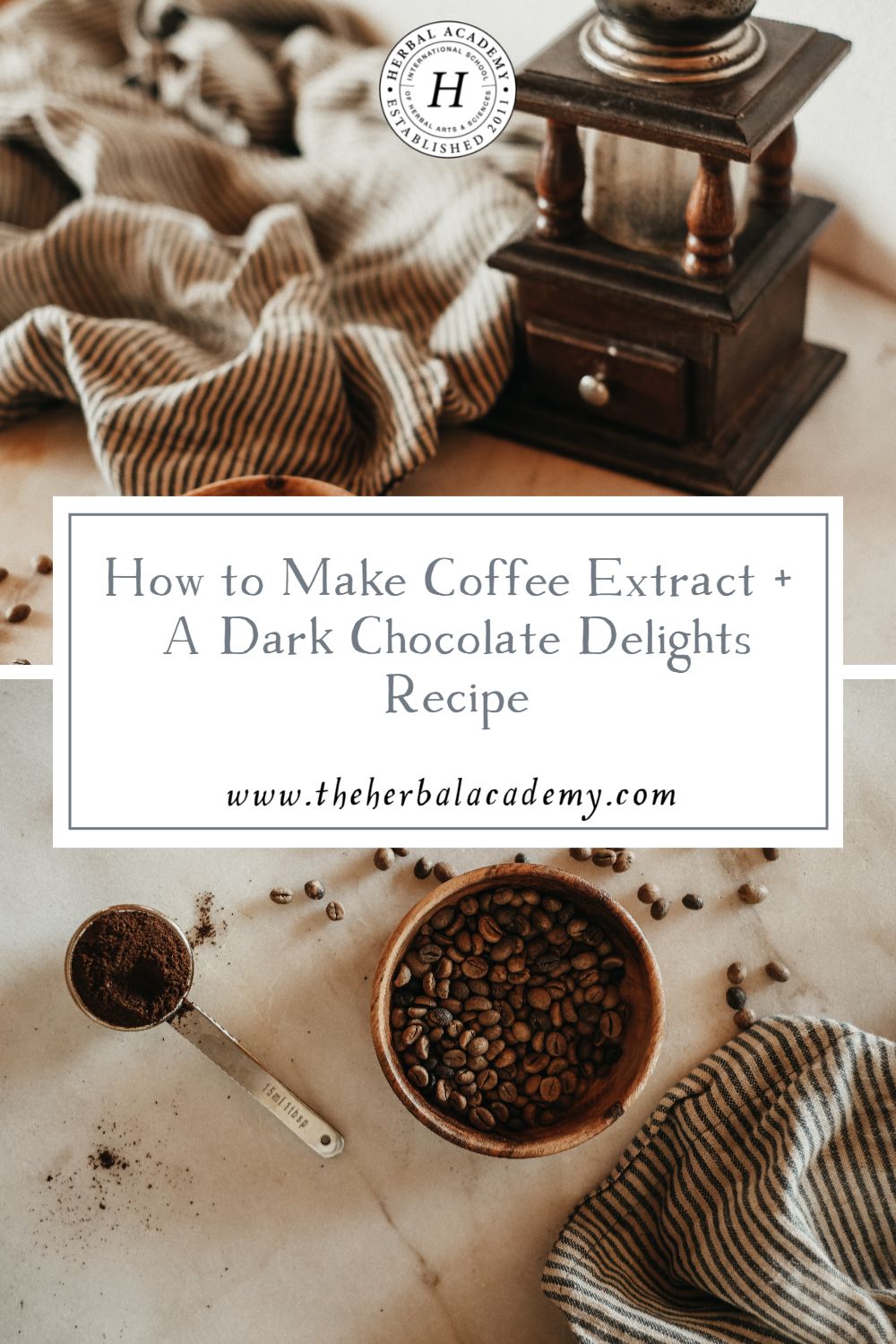
REFERENCES
Dass, V. (2013). Ayurvedic healing East & West: A practical guide to ayurvedic herbal medicine. Lotus Press.
Heath, R.D., Brahmbhatt, M., Tahan, A.C., Ibdah, J.A., & Tahan, V. (2017). Coffee: The magical bean for liver diseases. World Journal of Hepatology, 9(15), 689–696. https://doi.org/10.4254/wjh.v9.i15.689
Lad, V. & Lad, U. (1997). Ayurvedic cooking for self-healing (2nd ed.). The Ayurvedic Press.
Nouri-Majd, S., Salari-Moghaddam, A., Hassanzadeh Keshteli, A., Afshar, H., Esmaillzadeh, A., & Adibi, P. (2022). Coffee and caffeine intake in relation to symptoms of psychological disorders among adults. Public Health Nutrition, 25(12), 3509-3519. https://doi.org/10.1017/S1368980022000271
Yashin, A., Yashin, Y., Wang, J. Y., & Nemzer, B. (2013). Antioxidant and antiradical activity of coffee. Antioxidants, 2(4), 230–245. https://doi.org/10.3390/antiox2040230
Tierra, M. (1988). Planetary herbology. Lotus Press.








